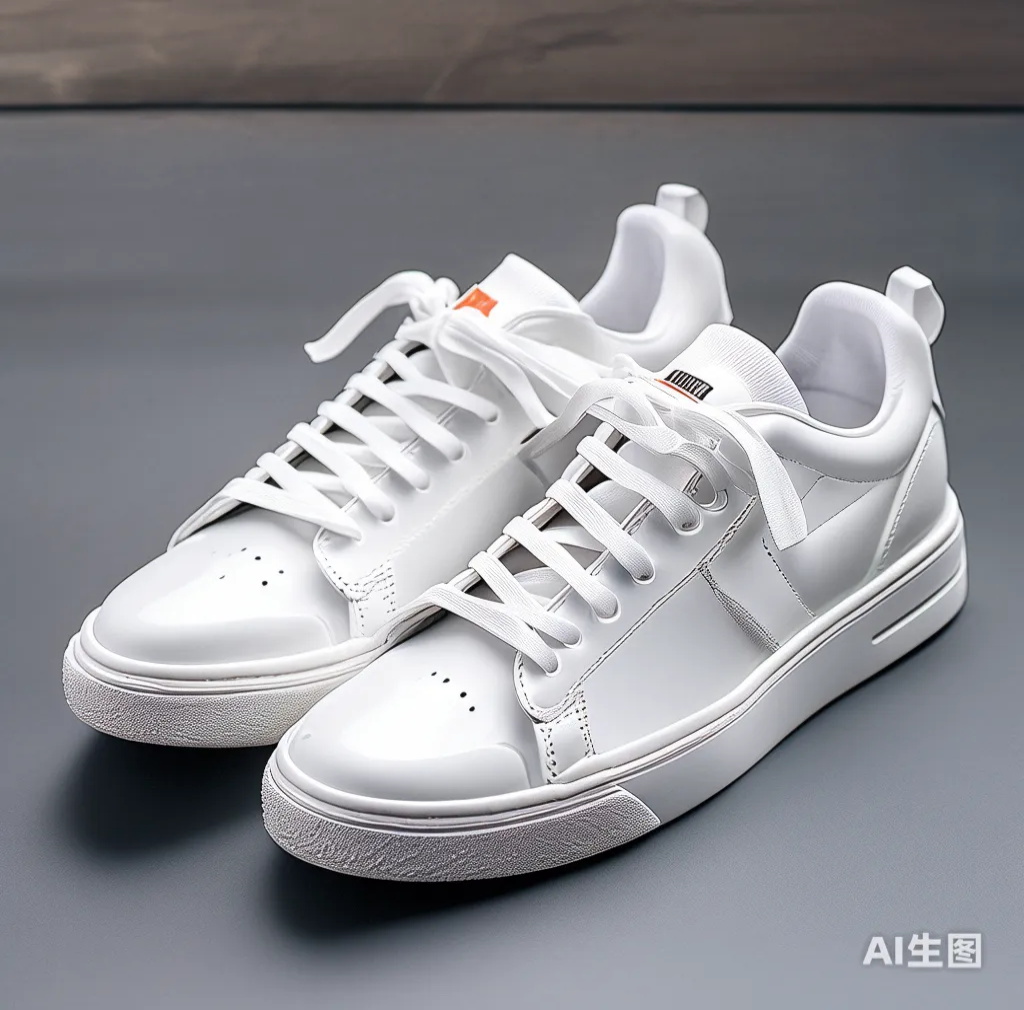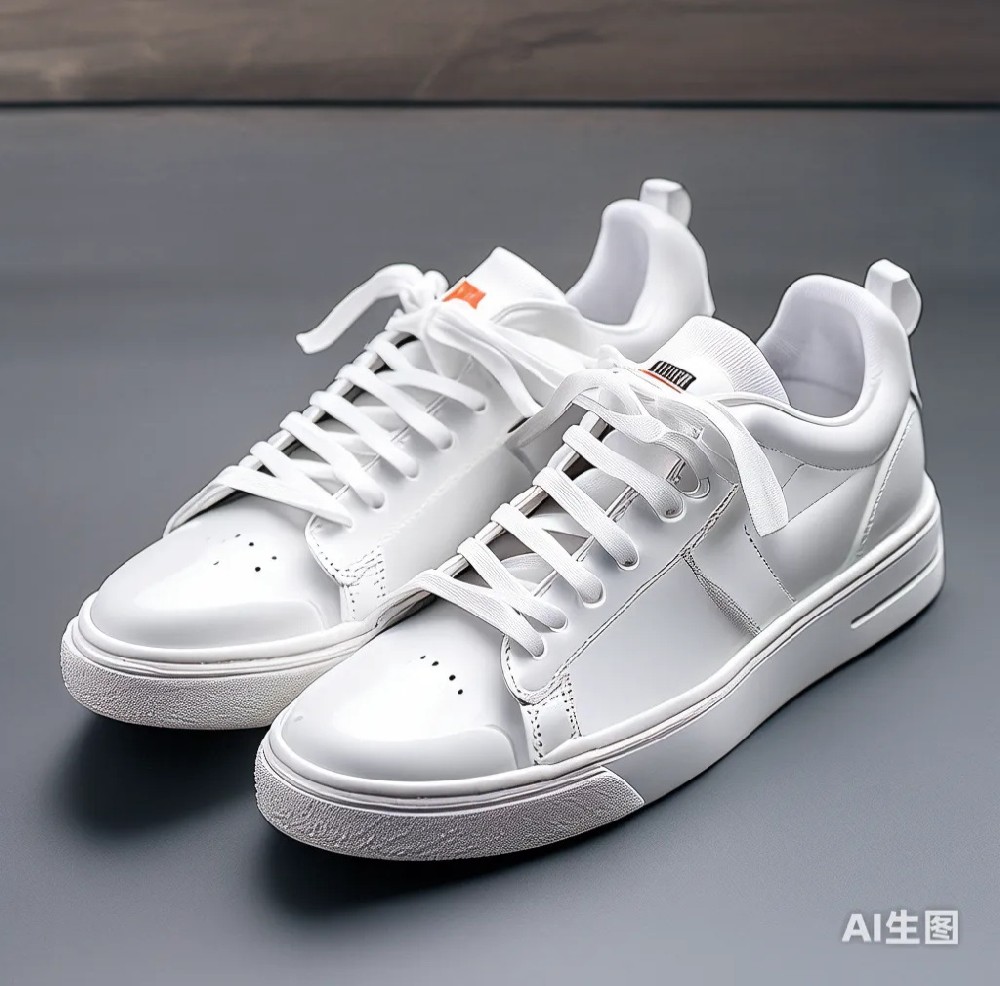In today's fast-paced life, white sneakers have become a frequent guest in many urban men's and women's shoe cabinets due to their simple yet fashionable charm. However, as seasons change, particularly during the humid transition from spring to summer, these pristine footwear are prone to the onslaught of mold, turning from spotless white to speckled, causing frustration. Bester wishes to share a few professional insights to effectively address the dilemma of moldy white sneakers.
Climate Impact and Efficiency of Mold-Prevention Sheets Recently, most parts of our country have undergone successive rounds of rain, creating a high-humidity environment that serves as an ideal breeding ground for mold. Many may have noticed that even with the use of mold-prevention sheets, their shoes are not spared. This is not a failure of the anti-mold products, but rather a call for more meticulous and targeted protection measures under such special climatic conditions. While mold-prevention sheets can effectively inhibit mold growth, their efficacy may weaken in continuously high humidity. Thus, enhancing ventilation, regularly replacing the sheets, and implementing additional drying measures become crucial.
Practical Strategies:
1. Dry Storage: After each wear, ensure the shoes are thoroughly dried before storing them. Utilize fans or dehumidifiers to speed up the process, avoiding direct sunlight which can cause material yellowing and aging.
2. Cleaning First: Mold thrives on organic matter; hence, regular cleaning of both the inside and outside of the shoes, especially under the insoles, using mild detergent and a soft brush, is vital to remove dirt and sweat stains, reducing mold’s food source.
3. Moisture Isolation: Use desiccant packs, bamboo charcoal bags, or specialized mold-prevention sheets within the shoes and shoe boxes to create a barrier against mold. During humid seasons, increase the frequency and quantity of these items.
4. Smart Monitoring: Modern technology introduces new anti-mold solutions, such as smart dehumidifying boxes that monitor humidity levels and activate automatically, providing comprehensive protection for valuable shoes.
Quick Facts:
· Optimal Mold Growth Conditions: Temperatures between 20°C to 30°C and relative humidity over 80% are when mold is most active. Understanding this helps target environmental control.
· Natural Anti-Mold Methods: Items like tea bags and lavender possess natural anti-mold properties and can be used as supplementary measures, adding a fresh scent.
· Emergency Treatment: Upon discovering mold spots, promptly use a soft cloth dampened with a small amount of alcohol to gently wipe, then air dry in a ventilated area. Avoid excessive moisture to prevent exacerbating the situation.
Conclusion:
Although it is annoying to see white shoes moldy, through scientific and reasonable prevention and treatment measures, we are fully capable of safeguarding this pure white beauty. As guardians against mold, we encourage proactive defense strategies over reactive ones. Every seemingly insignificant detail in this process is key to combating mold invasion. Let us unite to keep our beloved shoes free from mold's threat, maintaining their original freshness and elegance.


